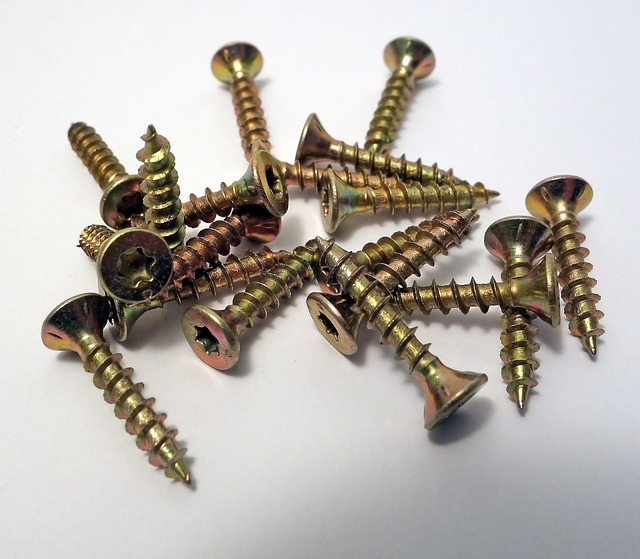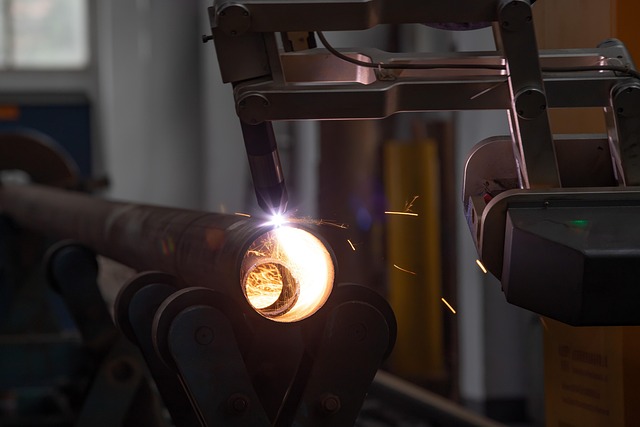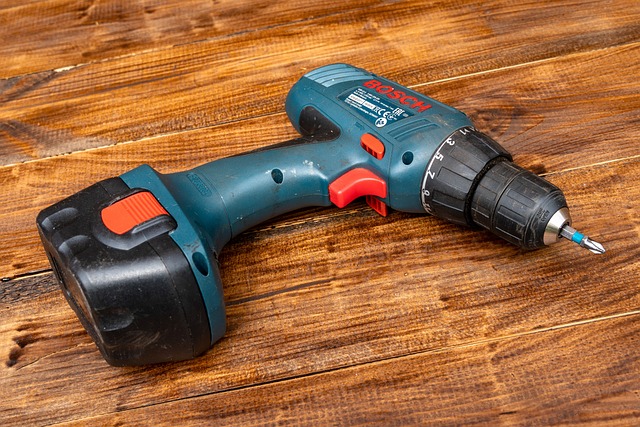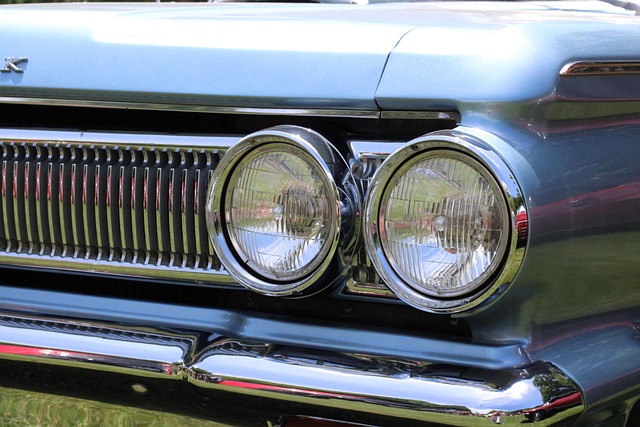The automotive industry's direct repair programs (DRPs) rely on a fixed labor rate pricing model for transparency and predictable costs in services like auto repair and dent removal. This system charges customers a set amount per task, regardless of completion time, eliminating billing surprises. Benefits include enhanced trust, simplified repair process, faster turnaround times, competitive pricing, and stronger business growth. Pricing strategies for DRPs require analyzing historical data to ensure profitability while maintaining quality standards. This approach fosters strong relationships with insurers and customers, revolutionizing the industry.
In today’s competitive market, understanding fixed labor rates offers a strategic edge for businesses, especially within the automotive sector. This article explores the concept of a Direct Repair Program (DRP) centered around these rates, revealing its numerous benefits. We’ll guide you through setting accurate rates that attract clients and ensure profitability. By implementing a DRP with fixed rates, workshops can enhance customer satisfaction, streamline operations, and foster long-term partnerships. Get ready to unlock the secrets to success in the industry.
- What is a Fixed Labor Rate and How Does it Work?
- Benefits of Implementing a Direct Repair Program with Fixed Rates
- Strategies for Setting Competitive and Accurate Fixed Labor Rates
What is a Fixed Labor Rate and How Does it Work?

A fixed labor rate is a pricing model commonly used in the automotive industry, particularly within direct repair programs. Unlike traditional billing methods where costs can vary widely based on time and parts, this approach offers a transparent and predictable pricing structure. When a collision repair center or auto dent repair service adopts this model, customers are charged a set amount for specific labor-related tasks, regardless of how long it takes to complete them. This means that for services like auto repair or even specialized procedures such as auto dent repair, the client knows exactly what they’ll pay upfront.
This system works by setting a predetermined rate for each task or service category. For instance, a fixed labor rate for an oil change might be set at $50, covering all associated labor costs regardless of the make or model of the vehicle. The same principle can be applied to more complex procedures in a collision repair center. This approach simplifies billing processes and fosters trust between repair shops and their customers, as there are no surprises when it comes to pricing for auto repair services or any other related tasks.
Benefits of Implementing a Direct Repair Program with Fixed Rates

Implementing a Direct Repair Program with fixed rates offers significant advantages for businesses and customers alike. One of the key benefits is increased transparency in pricing. With fixed rates, clients know exactly what they’ll be paying upfront, eliminating surprises and fostering trust. This is particularly valuable in the automotive industry where vehicle dent repair and car damage repairs are common. By setting clear and competitive prices, repair shops can attract more customers and build a positive reputation.
Furthermore, this program streamlines the repair process, making it more efficient and cost-effective. Without the need for lengthy quotes or negotiations, technicians can focus on repairing vehicles promptly, ensuring faster turnaround times. This is beneficial not just for vehicle paint repair but for all types of car damage repair. In today’s competitive market, a direct repair program with fixed rates is a game-changer that promotes customer satisfaction and business growth.
Strategies for Setting Competitive and Accurate Fixed Labor Rates

Setting competitive and accurate fixed labor rates is an art that involves careful consideration of various factors to ensure profitability while remaining appealing to clients. One effective strategy for collision repair shops participating in a direct repair program (DRP) with insurers is to analyze historical data on similar vehicle dent repair or collision repair jobs. By understanding the average time and resources required for specific tasks, such as dent removal or panel replacement, businesses can quote rates that are both fair and competitive. This approach allows them to maintain high-quality standards while managing client expectations regarding costs.
Additionally, factoring in overhead expenses and desired profit margins is essential. Shops should consider not only direct labor but also indirect costs related to equipment maintenance, facility upkeep, and insurance. By setting rates that cover these expenses and provide a healthy profit, businesses can avoid losses while attracting and retaining clients. A well-structured pricing strategy for DRP agreements can be a game-changer in the competitive vehicle repair industry, fostering strong relationships with both insurers and customers.
Implementing a direct repair program with fixed labor rates offers numerous benefits, from improved customer satisfaction to enhanced operational efficiency. By setting competitive and accurate rates, businesses can streamline their services, boost profitability, and maintain a strong market position. This approach ensures transparency, fosters trust, and encourages long-term client relationships.














